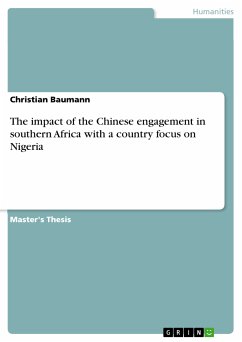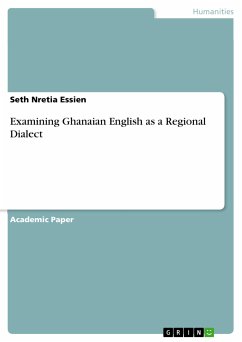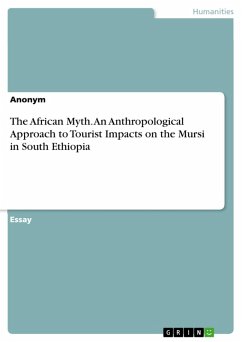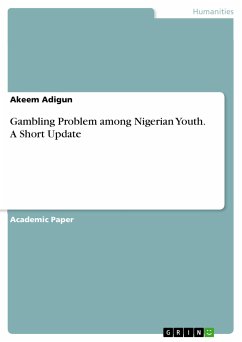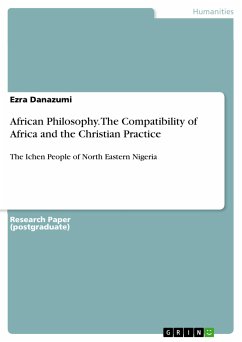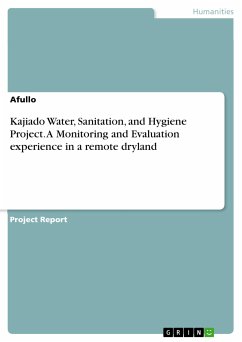
Kajiado Water, Sanitation, and Hygiene Project. A Monitoring and Evaluation experience in a remote dryland (eBook, PDF)

PAYBACK Punkte
0 °P sammeln!
Project Report from the year 2021 in the subject African Studies - Culture and Applied Geography, , language: English, abstract: Kajiado County is located in the southern part of Kenya. It borders Nairobi County to the North East, Narok County to the West, Nakuru and Kiambu Counties to the North, Taita Taveta County to the South East, Machakos and Makueni Counties to the North East and east respectively, and the Republic of Tanzania to the South. It is situated between Longitudes 360 5' and 370 5' East and between Latitudes 10 0' and 30 0' South. The county covers an area of 21,900.9 square ki...
Project Report from the year 2021 in the subject African Studies - Culture and Applied Geography, , language: English, abstract: Kajiado County is located in the southern part of Kenya. It borders Nairobi County to the North East, Narok County to the West, Nakuru and Kiambu Counties to the North, Taita Taveta County to the South East, Machakos and Makueni Counties to the North East and east respectively, and the Republic of Tanzania to the South. It is situated between Longitudes 360 5' and 370 5' East and between Latitudes 10 0' and 30 0' South. The county covers an area of 21,900.9 square kilometres (Km2). Its geography is characterised by plains, valleys, and occasional volcanic hills ranging from an altitude of 500 metres above sea level at Lake Magadi to 2500 metres above sea level in Ngong Hills. Topographically, the county is divided into three different areas namely; Rift Valley, Athi Kapiti plains, and Central Broken Ground. The occurrence of groundwater depends on climate, topography, as well as origin of the underlying rocks. Groundwater yields vary throughout the county from 0.01 to 35.77 cubic metres per hour. Average groundwater is reported as good quality and is used for domestic, livestock, and irrigation purposes. High yielding springs are found on the slopes of Mt. Kilimanjaro, with an average yield of 20m³/hr to 50m³/hr. Other sources of water for domestic and livestock use are sub surface sources such as water pans, dams, and shallow wells. Vegetation cover and browse for livestock, the main source of livelihood, is variedly distributed based on altitude, soil type, and rainfall distribution. The County is divided into five administrative sub-counties namely: Kajiado Central, Kajiado North, Loitokitok, Isinya, and Mashuuru, with a total of 17 administrative divisions. WV Kenya operates in Kajiado Central in Lorngosua division, where Osiligi Area Development Programme (ADP) is located. It is about 160 KMs South West of Nairobi, the capital city of Kenya. It is situated between Longitude 36' and 37' and between latitude I 'and 3' south. The ADP covers eight locations; Lorngusua, Ruanche, Meto, Kumpa, Mailua, Oloirimirimi, Noosikitok, and Eluanata locations. The proposed second phase of the project will continue to cover Meto location and Lorngosua location with an addition of Oloirimirimi location. Meto location has a total population of 3,500 people, of whom 1,742 are female and 532 are children under two years of age. Lorngosua location has a total projected population of 3246, of which 1,862 are female and 162 are children under two years.
Dieser Download kann aus rechtlichen Gründen nur mit Rechnungsadresse in A, B, BG, CY, CZ, D, DK, EW, E, FIN, F, GR, HR, H, IRL, I, LT, L, LR, M, NL, PL, P, R, S, SLO, SK ausgeliefert werden.




